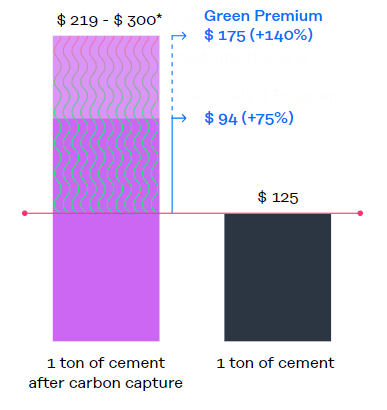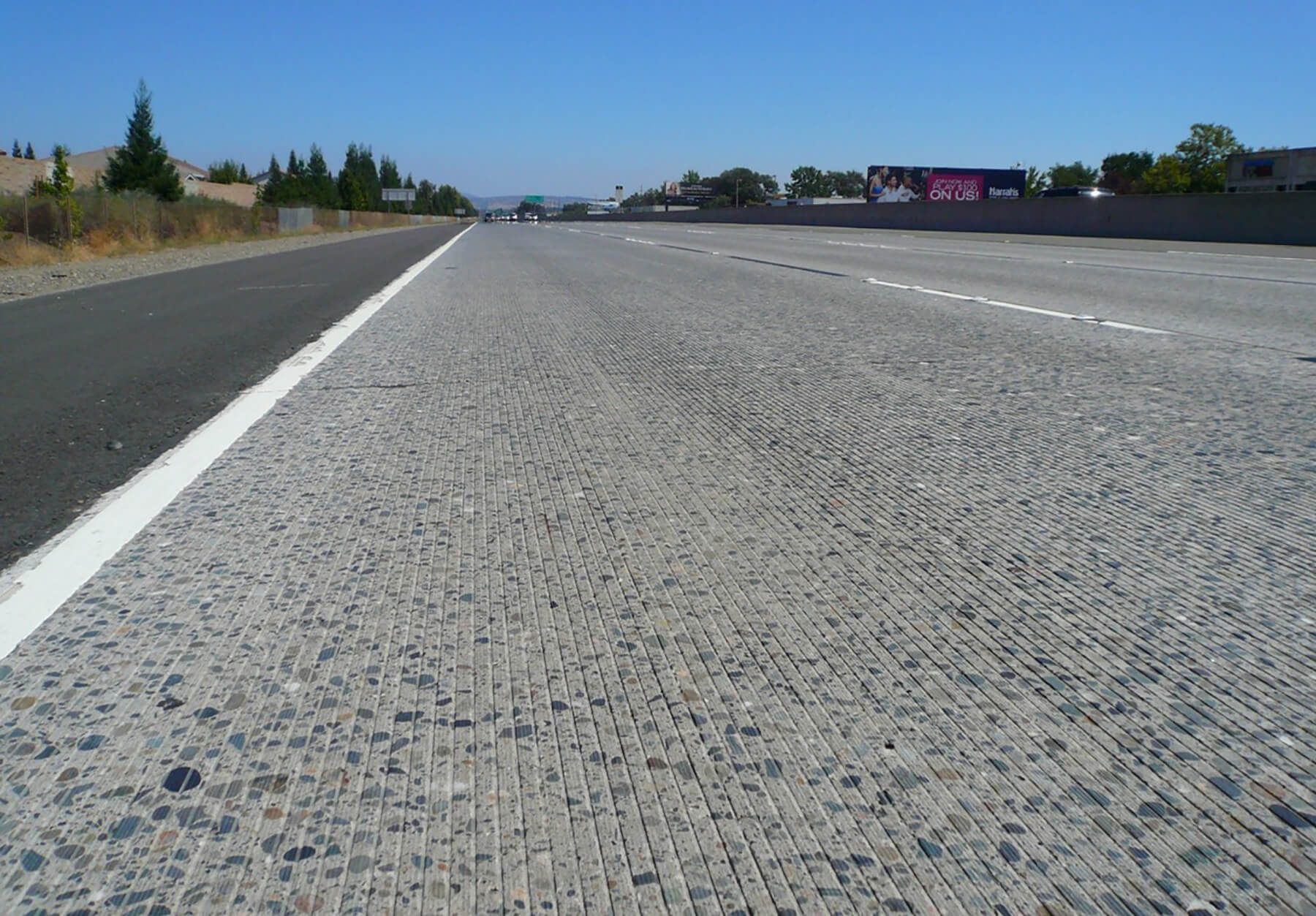Bill Gates recently published his “green manifesto” in his latest book How to Avoid a Climate Disaster. He introduced the concept of “green premiums” or the differences in cost between a fossil-fuel-based way of doing something and the clean, non-emitting way of doing the same thing. According to Gates, the green premiums should be lowered.
What is the Green Premium?
The Green Premium is the additional cost of choosing a clean technology over one that emits a greater amount of greenhouse gases.
Right now, clean solutions are usually more expensive than high-emissions ones, in part because we don’t factor the true economic and environmental costs of existing energy options like fossil fuels into the price we pay for them.
Take for example, meat. The average retail price of ground beef is $3.79 per pound, while a plant-based burger is $5.76 per pound. The Green Premium for a zero-carbon burger is the difference in cost between the two, or $1.97. But the regular burger doesn’t reflect the true cost of methane, which is emitted by all livestock and is a more potent (if not as long lived) greenhouse gas than carbon dioxide. In fact, if cows were their own country, they’d be the third-largest greenhouse gas emitter in the world ahead of India.
Moving our immense energy economy from inputs and products that emit greenhouse gases to ones that don’t will cost something. However, with the right policies and focus, we can lower the Green Premium. Ultimately, we need the premiums to be so low that every place in the world can choose the clean alternative, so it’s crucial to understand how much getting there will cost.
Cement, for example, is especially difficult, as it produces CO2 not just from burning fossil fuels for heat, but also as a byproduct resulting from the chemical reactions that are essential to the creation of cement’s inputs. There are ways to slightly reduce emissions from this process through material innovations, but we don’t yet know of a way to completely eliminate CO2 from the cement production process other than carbon capture technology, which adds an estimated 75-140% to the cost per ton of cement. In this case, the Green Premium shows us we need more innovation in carbon capture and in cement production.
There are a range of technological options for decarbonizing the production of cement, steel and ethylene – the three manufactured products highlighted here. Estimates of the Green Premium are derived from the application of one of these technological options – carbon capture and sequestration (CCS). CCS cost estimates come from a 2017 report from the Global CCS Institute, which range from $67 to $119 a ton for steel and ethylene and $104 to $194 per ton for cement. These costs are applied to estimates of the current price and carbon-intensity of global ethylene, steel and cement production using data from the IEA, USGS, WorldSteel, NMRCA, McKinsey and other sources.
Source: Breakthroughenergy















